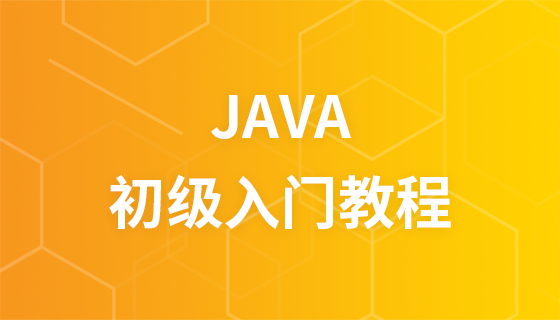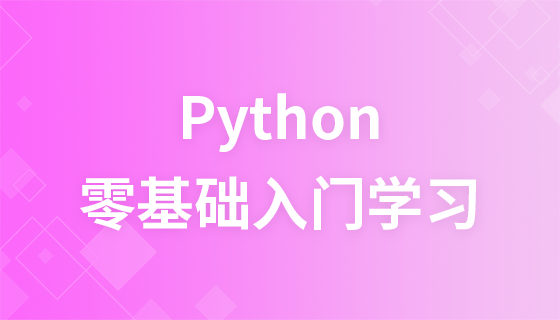

TCP Accept and Go's Concurrency Model
Question:
Why does Go's TCPListener use a blocking Accept() method instead of a channel-based system, as expected from Go's emphasis on concurrency?
Answer:
Go's concurrency model relies on goroutines (lightweight threads) managed by the Go runtime. While Accept() may appear blocking, it is ultimately managed by the Go runtime, which selects goroutines for execution. This allows for efficient use of system resources and easy implementation of blocking operations.
Custom Channel Implementation:
To achieve a channel-based system, you can create a goroutine that continually accepts connections and pushes them onto a channel. This provides the flexibility to use select() with multiple server sockets or multiplex the wait on Accept() with other channels.
Channel Closure Considerations:
Note that if one of your acceptors experiences an error, you cannot simply close the accept channel. Other acceptors will panic when attempting to write to it.
Example:
<code class="go">newConns := make(chan net.Conn)
// For every listener, spawn a goroutine that accepts connections
for _, l := range listeners {
go func(l net.Listener) {
for {
c, err := l.Accept()
if err != nil {
// Handle error
newConns <- nil
return
}
newConns <- c
}
}(l)
}
// Multiplex the channel with a timer
for {
select {
case c := <-newConns:
// Handle new connection or nil (if an acceptor is down)
case <-time.After(time.Minute):
// Timeout branch
}
}</code>The above is the detailed content of Why Doesn\'t Go\'s `TCPListener` Use Channels for Concurrency?. For more information, please follow other related articles on the PHP Chinese website!
 Compare the similarities and differences between two columns of data in excel
Compare the similarities and differences between two columns of data in excel
 The difference between counta and count
The difference between counta and count
 How to remove the border of the text box
How to remove the border of the text box
 fil currency price real-time price
fil currency price real-time price
 System vulnerability type
System vulnerability type
 Introduction to the relationship between php and front-end
Introduction to the relationship between php and front-end
 The difference between linux and windows
The difference between linux and windows
 How to crack zip file encryption
How to crack zip file encryption




